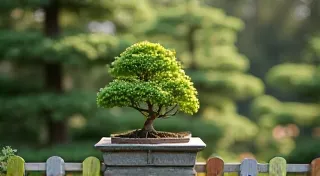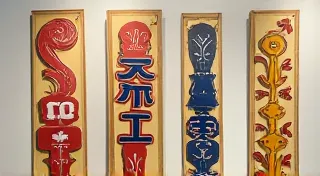The Philosophy of ‘Ma’: Negative Space in Sumie Painting
Sumie painting, the beautiful and deceptively simple art of Japanese ink painting, is far more than just applying black ink to paper. At its heart lies a profound philosophy, a deep understanding of balance, harmony, and the power of suggestion. A cornerstone of this philosophy is the concept of ‘Ma’ (間), often translated as "negative space," but encompassing a much richer meaning.
What is ‘Ma’? Beyond Just Empty Space
While literally meaning "interval" or "space," in Sumie, ‘Ma’ refers to the intentional and vital use of empty areas within a composition. It's not merely what isn't there; it is an active, integral part of the artwork, contributing significantly to its overall impact and emotional depth. Think of it as the silence in music – it’s as important as the notes themselves.
Western art often emphasizes filling the canvas, creating a sense of completeness. Sumie, however, embraces the beauty of emptiness. ‘Ma’ allows the viewer's eye to rest, encourages contemplation, and suggests a greater reality beyond what is visibly represented. It’s a practice in mindful observation.
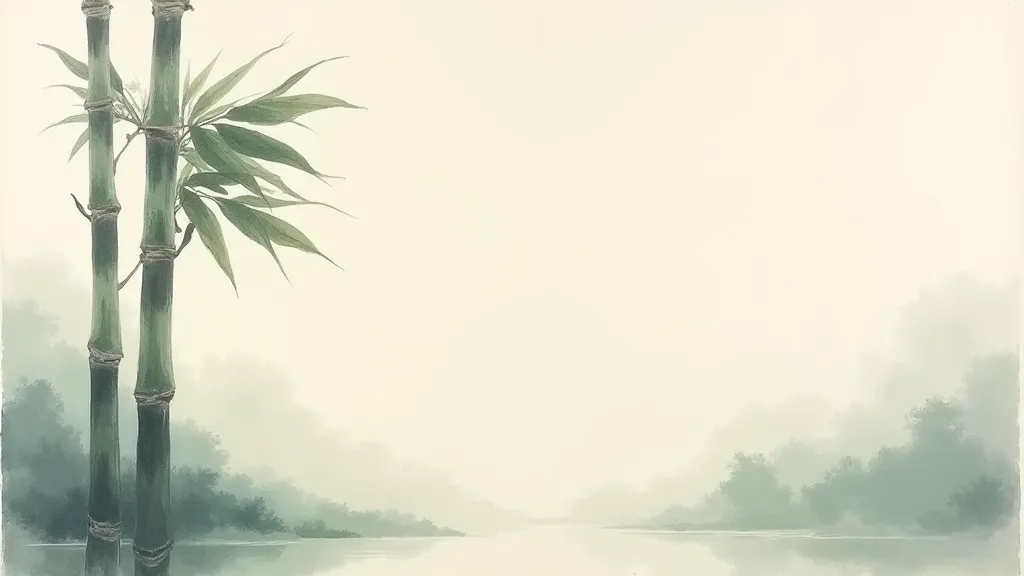
The Importance of ‘Ma’ in Sumie Composition
Consider a Sumie painting of a single tree. You might depict the trunk and branches, but the power of the image lies not just in the tree itself, but in the surrounding empty space. This ‘Ma’ allows the viewer to imagine the vastness of the forest, the movement of the wind through the leaves, and the overall atmosphere of the scene.
Master Sumie artists deliberately leave areas untouched, trusting the viewer's imagination to complete the picture. This requires not only technical skill in ink application but also a deep understanding of how to create a compelling visual narrative through strategic emptiness.
How to Practice ‘Ma’ in Your Sumie Painting
Incorporating ‘Ma’ into your Sumie practice takes time and conscious effort. Here are a few tips to get started:
- Resist the urge to fill the entire page: Begin by focusing on the subject and consciously leaving large areas of blank space.
- Observe carefully: Pay attention to the way light and shadow play in nature. How does emptiness contribute to the feeling of depth and atmosphere?
- Consider the subject's placement: Experiment with different placements of your subject within the composition. A subject placed off-center often creates a more dynamic and engaging ‘Ma.’
- Embrace imperfection: Don't be afraid to leave "mistakes" – these can often contribute to the overall character of the painting and enhance the sense of ‘Ma.’
- Practice mindful breathing: Sumie painting is a meditative practice. Focus on your breathing as you paint.
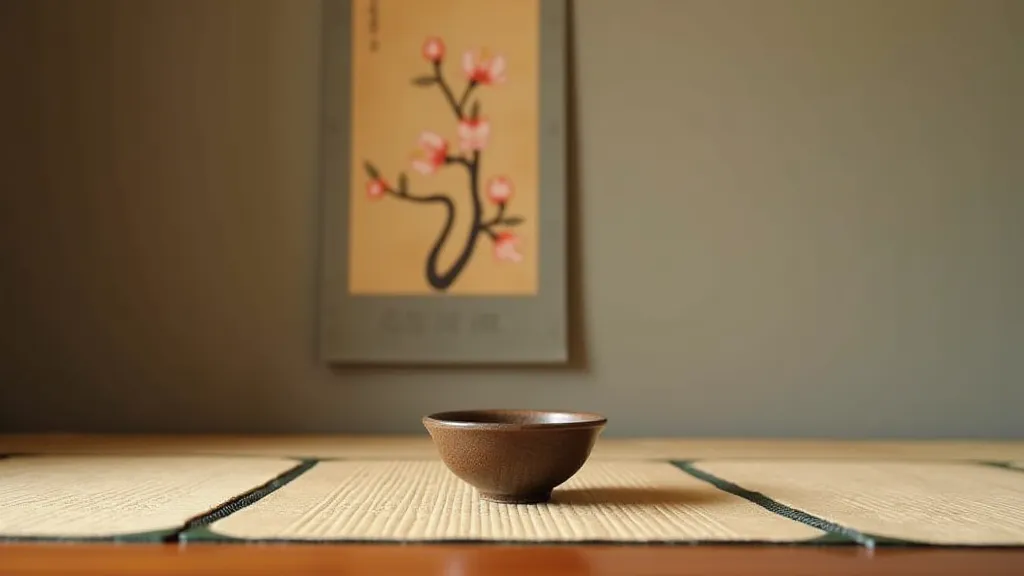
‘Ma’ – A Reflection of Japanese Aesthetics
The appreciation of ‘Ma’ is deeply ingrained in Japanese culture. It's reflected in everything from garden design to architecture and poetry. It embodies a philosophy of humility, simplicity, and a profound respect for the natural world.
By embracing the concept of ‘Ma’ in your Sumie practice, you're not just learning a technique; you're connecting with a centuries-old tradition and cultivating a deeper understanding of Japanese aesthetics. It's about more than just painting; it's about finding beauty in the silence and harmony within the emptiness.
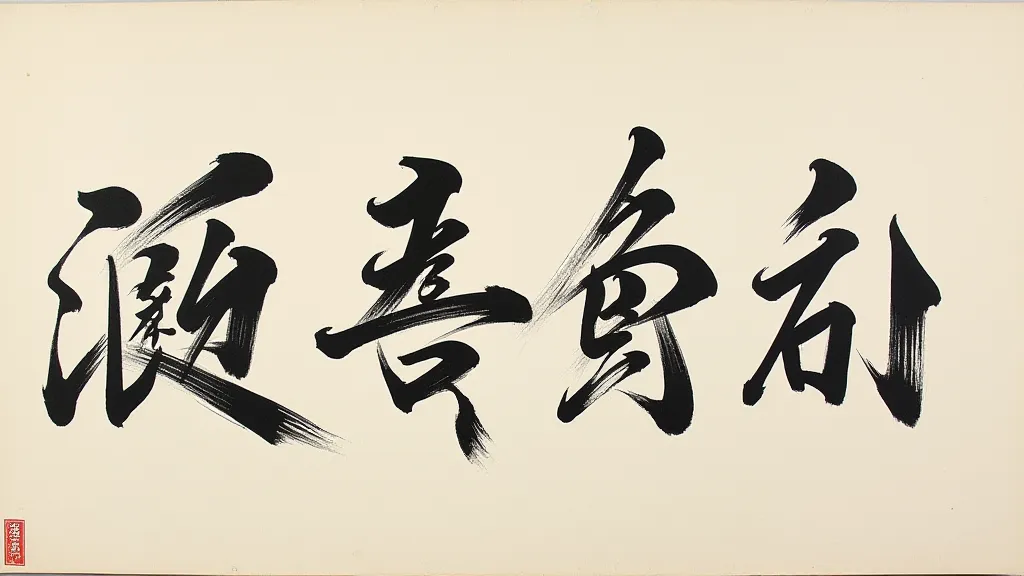
Further Exploration
As you continue your Sumie journey, pay attention to how different artists utilize ‘Ma’ in their work. Experiment with different approaches and discover your own unique way of incorporating this powerful element into your paintings.
